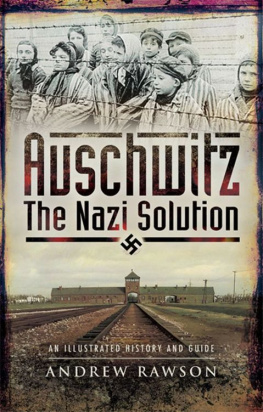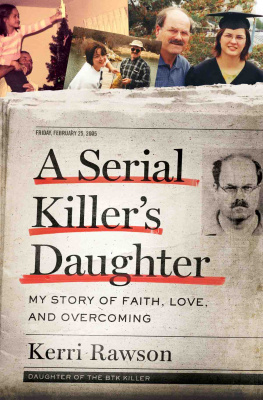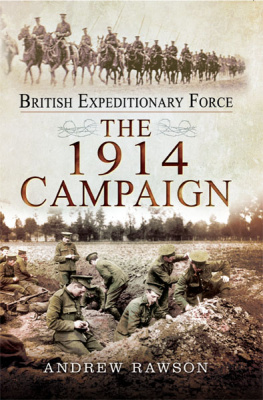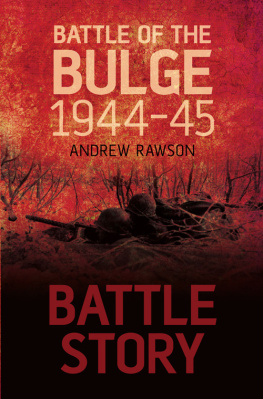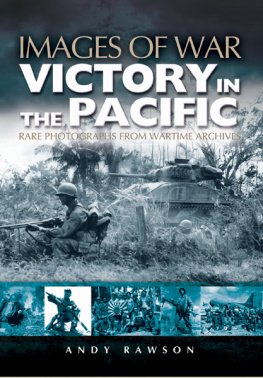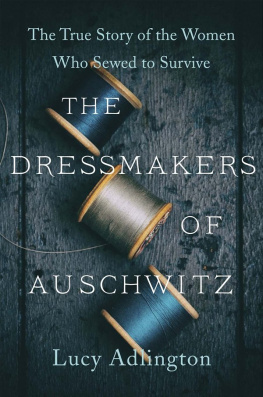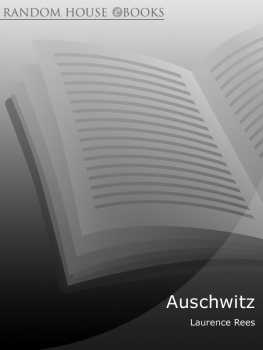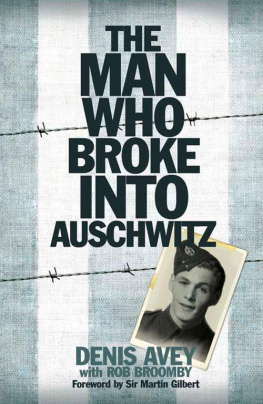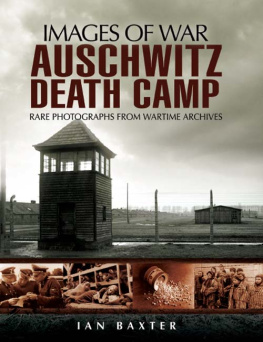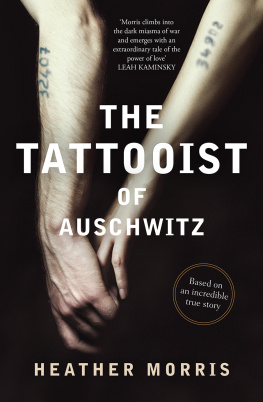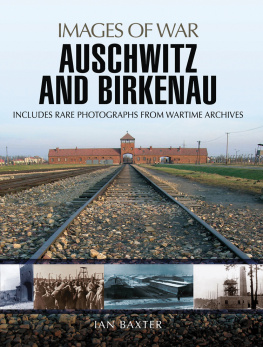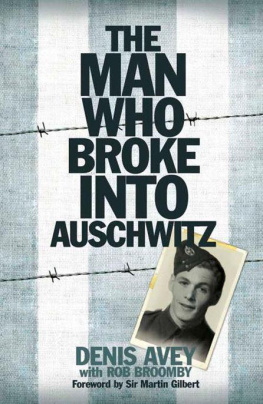
First published in Great Britain by
PEN AND SWORD MILITARY
an imprint of
Pen and Sword Books Ltd
47 Church Street
Barnsley
South Yorkshire S70 2AS
Copyright Andrew Rawson 2015
ISBN 978 1 47382 798 1
eISBN 9781473855298
The right of Andrew Rawson to be identified as the author of this work has been asserted by him in accordance with the Copyright, Designs and Patents Act 1988.
A CIP record for this book is available from the British Library.
All rights reserved. No part of this book may be reproduced or transmitted in any form or by any means, electronic or mechanical including photocopying, recording or by any information storage and retrieval system, without permission from the Publisher in writing.
Pen & Sword Books Ltd incorporates the imprints of Archaeology, Atlas, Aviation, Battleground, Discovery, Family history, history, Maritime, Military, Naval, Politics, Railways, Select, Social history, Transport, True Crime, Claymore Press, Frontline Books, Leo Cooper, Praetorian Press, Remember When, Seaforth Publishing and Wharncliffe.
For a complete list of Pen and Sword titles please contact
Pen and Sword Books Limited
47 Church Street, Barnsley, South Yorkshire, S70 2AS, England
E-mail: enquiries@pen-and-sword.co.uk
Website: www.pen-and-sword.co.uk
Contents
Introduction
Between May 1940 and January 1945, Auschwitz-Birkenau grew from a small prison camp for enemies of the Reich into a forced labour and extermination camp where over one million people were worked to death or murdered.
This is the story of the Holocaust which spawned the building of the camps, and the men who organized it. It includes an account of how the camps were built and by who; how they were run and who by and how they were guarded; the reasons why people were sent to Auschwitz-Birkenau and how some existed there and how others were murdered there. There are the stories of the few prisoners who escaped and other brave individuals who tried to resist against the cruel regime. Finally, learn about the liberation of the camps and what happened to the prisoners and their tormentors after they were freed.
There are also instructions on how to enjoy your stay to Krakow, the best place to stop if you are visiting Auschwitz-Birkenau. There are also suggestions on how to get the best out of your visit to the camps.
Chapter 1
The Holocaust
Germanys Jews had been the victims of restrictive decrees and violence since the Nazis came to power in 1933. Over the next five and a half years they lost their working rights, their financial freedom and their personal freedom. The Jews in Austria and the occupied Czech lands also suffered the same restrictions.
But no one expected the state sponsored attack on Jewish communities on the night of 9 November 1938. Kristallnacht (Night of the Broken Glass) was revenge for the murder of Ernst vom Rath, a German diplomat in Paris, by the Jewish student Herschel Grynszpan. Around 400 Jews were killed, another 30,000 were held in concentration camps, over 1,000 synagogues were burnt down and thousands of Jewish businesses were attacked. Around 450,000 people left the Reich in the wake of the attacks, around half of them Jews, but only after paying a large amount to escape.

Broken windows following Kristallnacht.
On 1 September 1939 Germany invaded the west side of Poland and then the Soviet Union entered the east side on the 17th, in accord with the secret deal arranged between Nazi Germanys Foreign Minister, Joachim von Ribbentrop, and Soviet Foreign Minister Vyacheslav Molotov. In October Hitler explained how he intended to divide German occupied Poland into three areas; one for ethnic Germans, one for Poles and one for Jews. But the plan had serious logistical flaws. Hundreds of thousands of ethnic Germans were escaping Soviet held areas, including the Baltic States and northern Romania. Around 18 million Poles and two million Jews had to be moved to make way for them and they had no money to pay for their emigration.
While the Jews were persecuted, there was no plan, as yet, to exterminate them and Adolf Eichmann suggested moving them to the remote town of Nisko on the eastern boundary of the occupied territory. While Austrian Jews were shipped to the area and housed in appalling conditions, the plan proved to be unworkable and it was soon dropped.
In October 1939 mentally ill and physically disabled patients started being gassed under the Nazis Action T4 euthanasia programme. Hospital patients were taken into a fake shower room in Sonnenstein Castle near Danzig and asphyxiated using carbon dioxide. Others were killed by pumping the gas into sealed vans and by May 1940 10,000 patients had been murdered.
But the senior Nazis hated the unhealthy and unlawful ghettos and saw them as only a temporary measure. They were also soon full to bursting. SS-Obergruppenfhrer Hans Frank, head of the General Government in what had been Poland, was anxious about Jews being dumped in his area and the Reich Security Main Office reduced deportations to his area in April 1940. A month later SS leader Heinrich Himmler made it clear he wanted the Polish people to be leaderless, ill-educated slaves while Polish children deemed suitable for adoption would be sent to Germany.

SS-Obergruppenfhrer Hans Frank.
The head of the SS went on to say he hoped to see the term Jews completely eliminated through the possibility of a large-scale emigration of all Jews to Africa or to some other colony. The invasion of the Soviet Union was on the cards and it seemed as though the German war machine was unstoppable. With a possible end to the war in sight, the idea of sending Polish Jews to former French African colonies was proposed and hitler approved of Franz Rademachers Foreign Office plan to send them to Madagascar.

SS-Reichsfhrer Heinrich Himmler.
At the beginning of December 1940 Himmler sent a memorandum to the Fhrer entitled Some Thoughts on the Treatment of the Alien Population of the East in which he outlined how he intended to deal with the problem. Poland would be divided into two areas with the Germans living in the western half, under Hans Franks General Government administration. But the plan still involved mass migration with half a million Poles being forcibly moved out of houses and businesses to make way for a similar number of Germans. Meanwhile, Jews would be forced into overcrowded ghettos in the cities.
In the spring of 1941, Himmler asked Reichsleiter Philipp Bouhler, head of Hitlers Chancellery and Hitlers representative for the T4 program, about getting rid of sick prisoners in the concentration camp system. The program was extended to include concentration camps under codename Action 14f13 and a special commission, including the director of Sonnenstein euthanasia centre, Dr Horst Schumann, visited Auschwitz. On 28 July, 573 sick inmates were selected, put on a train and told they were being taken to a hospital. They were; only it was Sonnenstein asylum. Their relatives were informed they had died of natural causes in Auschwitz.
Meanwhile, the war on the Eastern Front was going well as the Wehrmacht advanced deep into Soviet territory. Task forces ( Einsatzgruppen ) reinforced by SS cavalry and police battalions were visiting towns and villages behind the lines and rounding up the Jews. Tens of thousands of men women and children were being made to dig their graves before they were stripped and shot.
Next page
